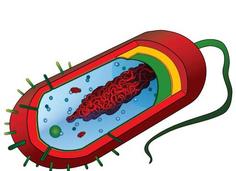 |
| https://blogger.googleusercontent.com/img/b/R29vZ2xl/AVvXsEj9CkIWLj1M7VARd4mjCgBXUTKSNhi_WnnJ94dNGP35VMckNY0zjDTYPiDcPpPQgRa-aumzQsNcpTrq8jAaQRSOTYAzYOVg0r7m9dchSPFpDYguzZQWYigvwB6nWXimzpvj6G44qdIE7Q4/s1600/seaotter.jpg |
As we all know, global warming has become an
increasing threat to our planet. We have struggled to find solutions, so that
it does not cause detrimental effects on Earth that could possibly be
irreversible. One solution that has been recently found has been right under
our noses the whole time. Sea otters can help reverse the effects of global
warming tremendously. How can they do that, you ask? Well, all they simply have
to do is eat. One of sea otter's favorite things to eat is sea urchins. Sea
urchins graze on kelp. Since kelp is a type of plant, it goes through the process
of photosynthesis which in turn pulls harmful amounts of carbon dioxide out of
the atmosphere. When sea otters are not around to keep the sea urchin
population in check, it greatly affects the amount of carbon dioxide absorbed
out of the air. But studies show that, in the presence of sea otters, kelp
forests absorb 12 times as more carbon dioxide than kelp forests without the
presence of sea otters. Easy solution,
right? It’s amazing how animals and plants can work together to keep the
Earth healthy!
Sources: http://mcc.blackboard.com/webapps/portal/frameset.jsp?tab_tab_group_id=_2_1&url=%2Fwebapps%2Fblackboard%2Fexecute%2Flauncher%3Ftype%3DCourse%26id%3D_5636_1%26url%3D
 |
| http://images.nationalgeographic.com/wpf/media-live/photos/000/179/cache/sea-urchins01-sea-urchins-kelp-forest_17928_600x450.jpg |







































